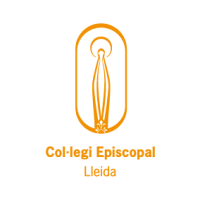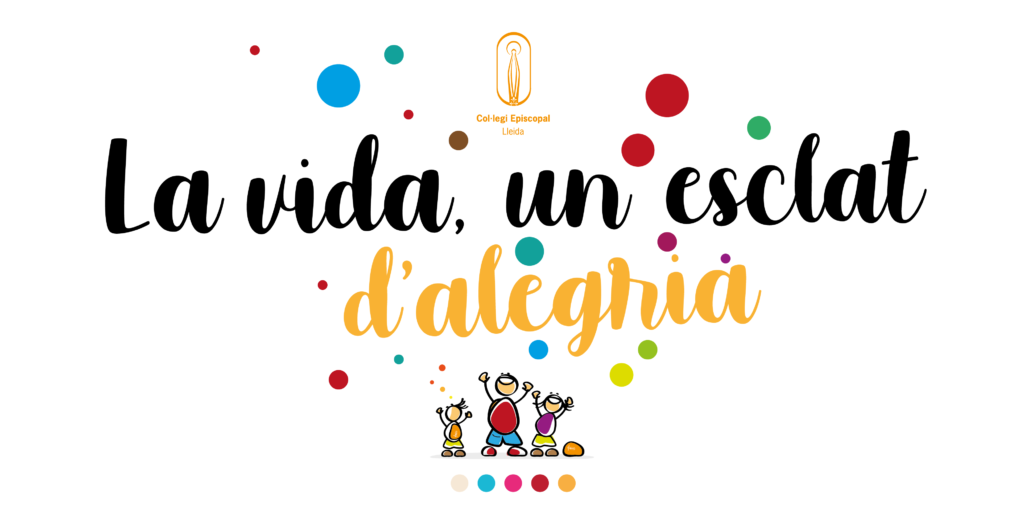Scientific Culture 4t ESO. Educational Resource published in commemoration of the 150th anniversary of the Periodic Table.
In commemoration of the 150 anniversary of the Periodic Table, of the chemical elements, we have developed a study about Spectrocopy and Chemistry published in the following link:
http://www.taulaperiodica.cat/recurs/aplicacions-de-lespectroscopia-en-lestudi-dels-elements-de-la-taula-periodica/
This study proposes some of the applications of spectroscopy, in the identification of chemical elements of the Periodic Table, present in different light sources used in everyday life.
Since Isaac Newton (1666) adopted the name “Spectrum”, noting that the white light of the sun could disperse into a continuous series of colours, using a prism, to Gustav Robert Kirchoff and Robert Wilhelm Eberhard von Bunsen (1859) who found that spectral lines were unique to each chemical element, other researchers such as William Hyde Wollaston (1802) and Joseph von Frauenhofer (1814) observed dark lines present in the solar spectrum, with the invention of the first grid spectroscope of diffraction.
The objectives of the study are summarized in the following steps: design and construction of a desktop spectroscope, transformation of the mobile phone into a spectrophotometer diffraction grid and investigation of applications of spectroscopy, in the identification of chemical elements of the Periodic Table present in different light sources.
In order to develop the objectives of the study, once the search for materials required in the design and construction of spectroscopes has been completed, the process of assembling them has been carried out. Upon completion of this last step, observations of spectra emitted by different light sources (incandescent light, halogen light, cold and warm light consumption, and fluorescent light) have been achieved.
Once the observations have been completed, the results obtained were analysed by comparing the emission spectra obtained through desktop spectroscope and the mobile transformed into a spectrophotometer, with the real emission spectra of the chemical components existing inside the light sources analysed (calibration of spectrocopes).
Checked the usefulness of spectroscopy in the identification of chemical elements, it can be concluded that spectroscopy can help us to observe different chemical components present in the light sources used in the daily life. Moreover, other fields where it can be useful, can be proposed, such as to study the chemical components that provoke atmospheric pollution in a given area or even in the analysis of the chemical composition of stars.



























